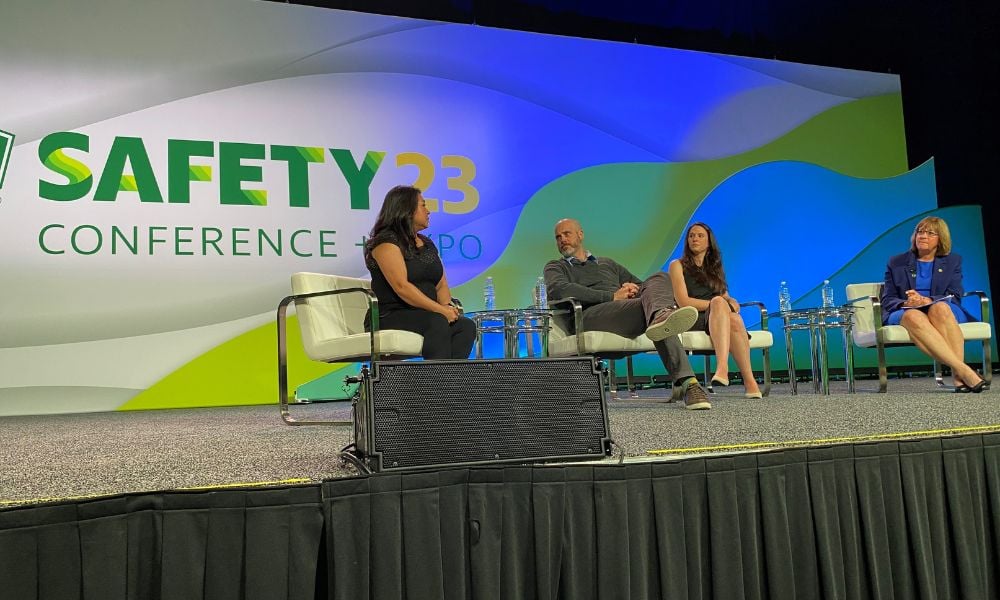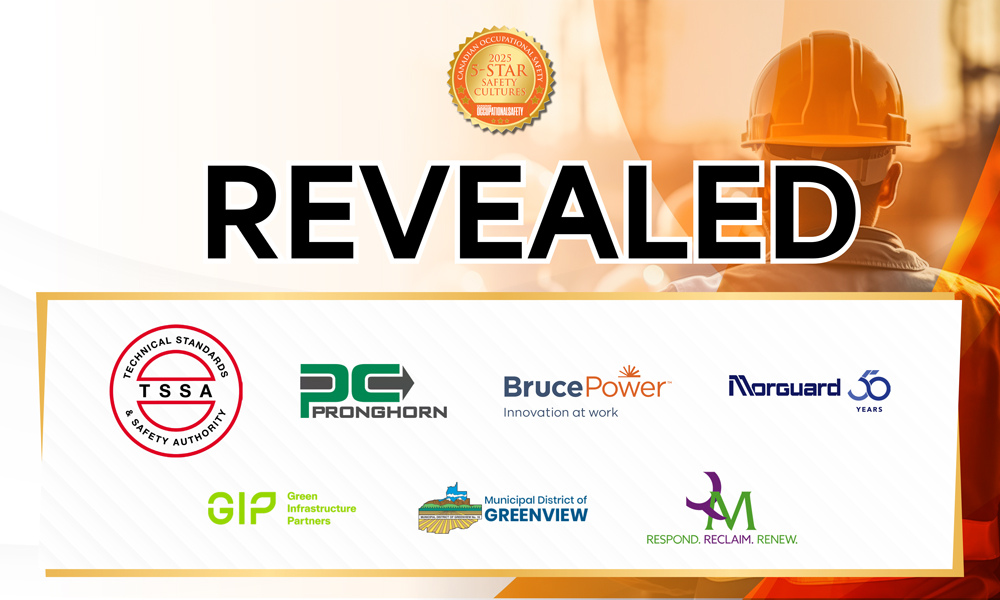Why combining storytelling with human and organizational performance theories can lead to safety success

In recent years, the paradigm of workplace safety and productivity has shifted dramatically. The days of strict policies and disciplinary approaches are fading. Instead, organizations are now recognizing the power of collaboration, innovation, and trust.
This has been among the key themes at the American Society of Safety Professionals (ASSP) annual conference this week in San Antonio. During a plenary session titled ‘How We Can Lead Workplace Safety and Health in New Ways’ Pam Walaski, the senior vice president for ASSP, moderated a conversation with Andrea Baker, Ron Gantt, and Helen Harris.
They talked about how safety leaders are continually evolving their philosophies, and the importance of human and organizational performance, storytelling, and building trust are critical elements in creating inclusive and successful workplaces.
Walaski started the conversation saying, “over the years, our roles have moved from being safety cops focused on policies and rules and control and discipline to being partners with our workers, our employers, and our stakeholders." This fundamental change has fostered a more inclusive environment that embraces innovation, drives productivity, and fosters resilience.
Complex work with complex people
To continue this shift towards a people-centric approach, Walaski emphasizes the importance of regularly checking beliefs, philosophies, and attitudes, suggesting incorporating new ideas into the practice of safety is essential. Baker is the founder of The HOP Mentor and describes human and organizational performance as “a cross between behavioral psychology, systems thinking or systems design, and complexity science."
Gantt is the health, safety, and environment director for America’s Yondr Group, and elaborates on the significance of supporting people in dealing with the complexities of their work. He explains, "it's about helping people solve for the complexity or deal with that complexity on a daily basis." He says by separating person problems from system problems, organizations can address issues effectively and create a more efficient and supportive work environment.
Harris, health and safety COE leader for Westrock, underscores the importance of having an operating philosophy and general principles that align with the organization's goals. She says, "using these philosophies will help me understand the systems that we're building for people, or that we have for people, and what is it that we need to do and focus on to make those situations better." These guiding principles provide a framework for organizations to navigate complexities while ensuring the well-being and success of their workforce.
Listen and learn
"Learning and improving is vital... whether or not we're willing to hear the real deal of how work is being done becomes incredibly important,” says Baker, who believes learning from frontline workers and improving are vital components of this new approach. Baker highlights the significance, stating, “operational learning involves gathering information directly from those closest to the work.” By fostering a culture that encourages open communication and learning from both success and mistakes, organizations can proactively address challenges and improve their processes.
Storytelling and pathway to trust
Storytelling also plays a crucial role in building trust and fostering open dialogue. Walaski referenced the opening speaker at the conference, who focused on the power of storytelling as a way to establish trust and build relationships. By recognizing the value and experiences of every individual within the organization, leaders can create an environment where everyone feels heard and understood. As Harris suggests, "all of that change that you're talking about comes from having that honest relationship with someone else in your workforce."
Building trusting relationships within the organization is essential for success. "We all need to trust each other in the organization," says Baker, who also notes how difficult it is to put that theory into practice.
Trust provides the foundation for effective collaboration and allows for candid conversations. Organizations must establish a safe space where employees can openly express their thoughts, admit their errors, and voice their concerns without fear of retribution. This begins with leaders' immediate response to someone speaking, ensuring a caring and empathetic environment.
Slowly building trust can help alleviate concerns and make the process feel less intimidating. “There are smaller steps that we can take to help get there that feel less scary,” says Baker. By gradually implementing trust-building initiatives and encouraging open communication, organizations can foster an environment where employees feel safe to share their perspectives and ideas.
Ultimately, becoming a trusted partner requires a genuine approach. "There has to be care and concern,” says Baker, “that's how you become a trusted partner." By prioritizing the well-being and success of employees, organizations can establish lasting relationships built on trust, leading to improved human and organizational performance.
To adapt effectively, organizations should adopt a people-centric approach that promotes collaboration, innovation, and resilience. By embracing new philosophies, separating personal and system issues, and encouraging operational learning, organizations can effectively navigate complexity. Open communication and storytelling are key to fostering trust and successful collaborations. With these elements, organizations can thrive, creating inclusive and high-performing workplaces that prioritize productivity and safety.





